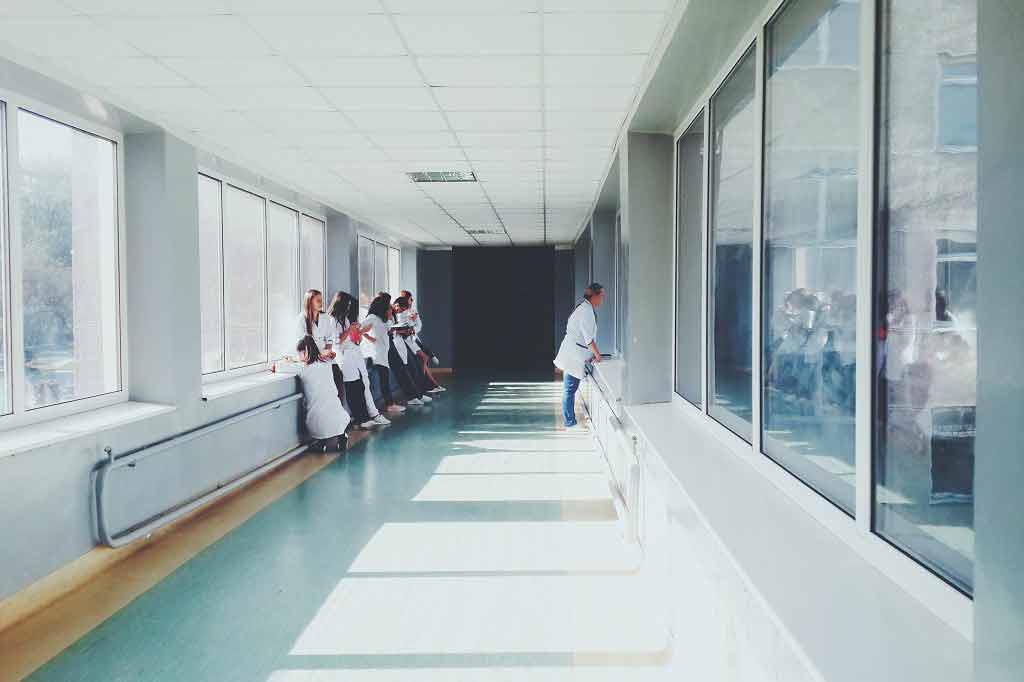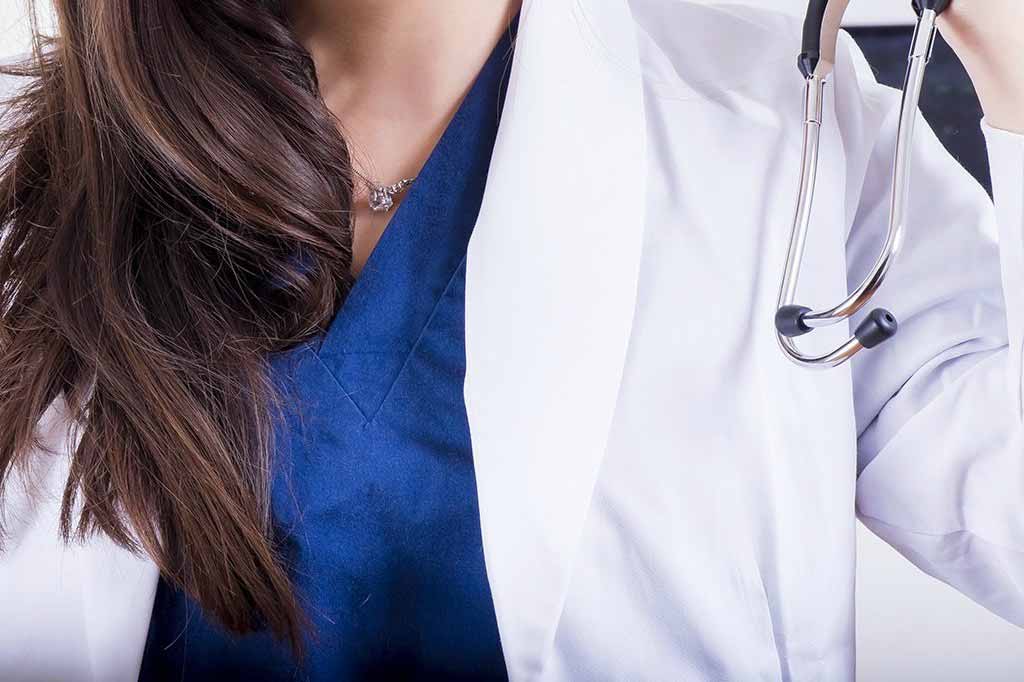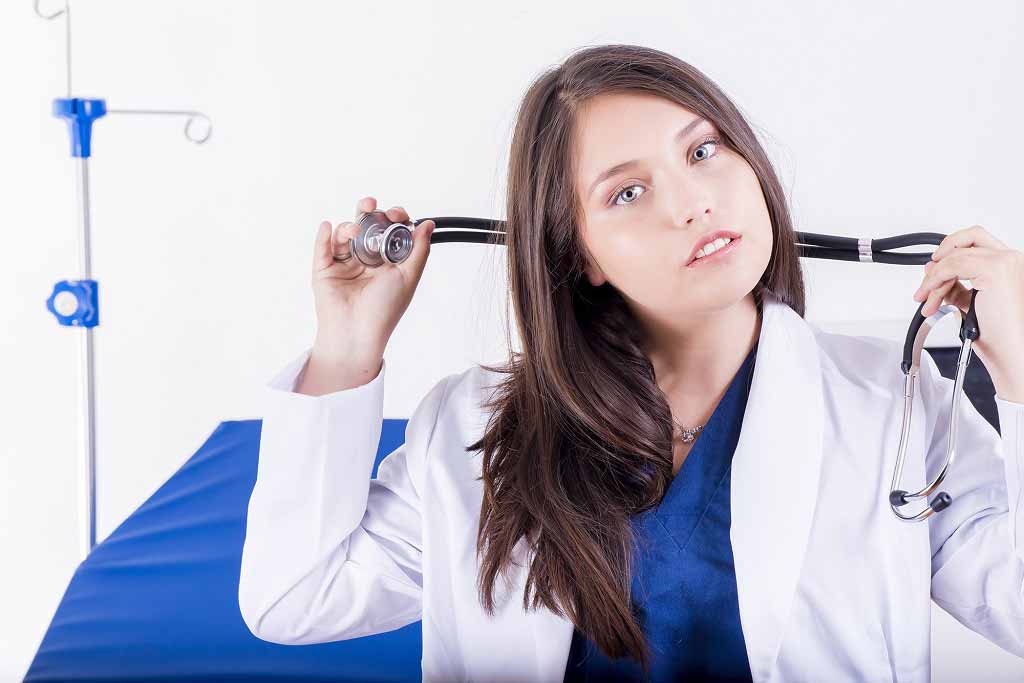Our news predictions for 2016
Medical practice
What will be the big health news stories for 2016? We take a look in the Behind the Headlines crystal ball and offer our predictions…
CRISPR-Cas9 leads to a range of new gene editing research
You probably haven't heard of CRISPR-Cas 9, but that could well change by the end of 2016.
CRISPR-Cas9 is a gene editing technique that uses a combination of the Cas9 protein and a strand of RNA to make breaks in strands of DNA. Then new genetic code can be placed inside the breaks. This can allow genetic code to be rewritten.
Gene editing is nothing new, but the reason CRISPR-Cas 9 has got the scientific community to sit up and take notice is that it is powerful, reliable, quick and, most importantly, cheap. CRISPR-Cas 9 "components" can be bought off the shelf for as little $30 compared to $5,000 for older types of editing components.
The ranges of possible applications are huge, which is why Science magazine declared the technique its "Breakthrough of the Year".
One possibility, as we discussed in January, is that a human embryo could be "edited" and then implanted into a womb creating a "designer baby". This would be illegal under UK law, but other countries have more ambiguous legislation.
A portable personal therapist in your pocket
One toy on many a girl's Christmas list this year is Hello Barbie. This is a traditional Barbie doll with very untraditional features.
Using a wi-fi connection the doll can connect to a powerful cloud database that contains both sophisticated natural language recognition algorithms as well as over 8,000 lines of recorded dialogue. This allows a child to have a conversation with the doll and Barbie will "learn" about the child's likes and dislikes.
It seems plausible that a similar system could be used to deliver cognitive behavioural therapy to an individual. The system could learn about the person's problems, provide reassurance and attempt to overcome unhelpful patterns of thinking and behaviour.
Dr Siri will see you now.
Breastfeeding bonuses become more common
During 2015 researchers from the University of Sheffield ran a trial involving 6,000 mothers, who were offered shopping vouchers if they continued to breastfeed their baby for six months after birth.
A previous smaller study, completed in 2014, had positive results, with mothers and healthcare staff reporting high levels of satisfaction with the scheme.
Critics have questioned why a scheme should reward mothers for doing the best for their child while penalising mothers who are unable to breastfeed. It is a fair point, though a pragmatic answer would be that it's not about the mother, but the child.
Also, increased breastfeeding rates may lead to a reduction in the number of childhood illnesses the NHS has to deal with, so a voucher scheme could actually save the NHS money in the long term.
If the results of this larger trial are also successful, which we suspect will be the case, similar schemes may be set up in other parts of the country.
Medical drones take off
Drones – unmanned aerial vehicles (UAVs) – are often associated with conflict in many people's minds due to their use in wartorn areas such as Afghanistan and Iraq. However, drones do have the potential to save lives.
A number of organisations, such as Médecins Sans Frontières, have carried out proof-of-concept studies to use drones to transport test samples from a remote village in Papua New Guinea to a larger city for testing.
They are also ideal for delivering vital medicines and aid packets to areas of the world that are hard to access; either due to poor infrastructure or because of natural disaster or armed conflict.
We predict that their use will increase by non-governmental organisations such as MSF. There could also be "test runs" in developed nations to see if drones could be used to assist paramedics during medical emergencies, such as transporting blood products from blood banks to the site of the emergency.
And there are ambitious plans, headed up by British architect Norman Foster, to create three drone ports in Rwanda by 2020, where drones could be used to deliver "urgent and precious supplies to remote areas on a massive scale".
Could "human farms" become viable?
The term human farms is naturally an alarming one; possibly conjuring up thoughts of a 1970s Soylent Green dystopia where humans are grown for food.
The truth is a lot more reassuring. The concept of a human farm is that technology could be used to create microchips that emulate the responses of specialised human tissue – such as bone marrow, neural tissue and lung tissue – to various stimuli.
If the concept proves successful this could lead to the end of animal testing. Aside from the obvious ethical objections many people have with animal testing, it is both expensive and sometimes unreliable. What works in a mouse doesn’t necessarily work in a human.






 Subscribe
Subscribe Ask the doctor
Ask the doctor Rate this article
Rate this article Find products
Find products








